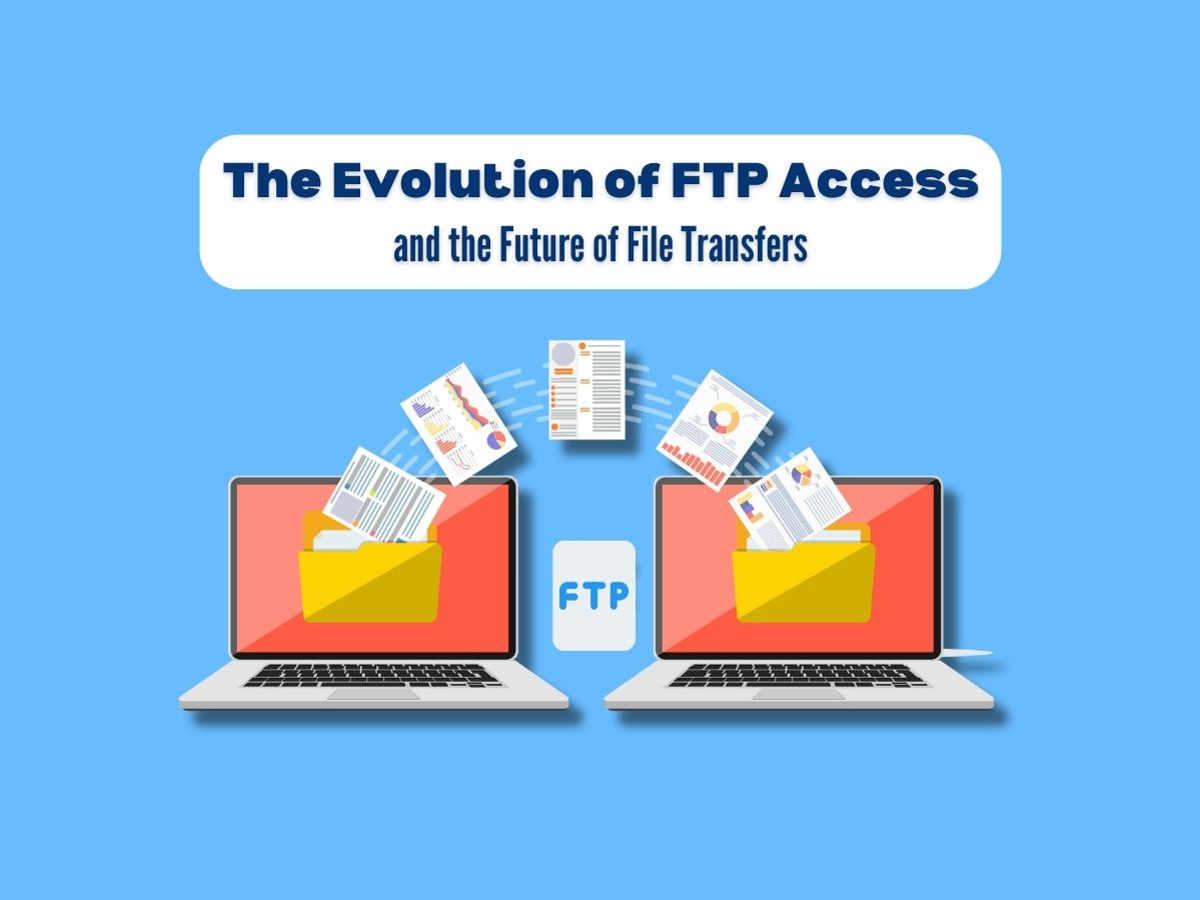
The Evolution of FTP Access and the Future of File Transfers
Let’s take a stroll down memory lane and reflect on a technology that has empowered countless digital projects: the File Transfer Protocol (FTP). FTP has long been a vital player in the tech space, enabling seamless movement of files between computers over a network. In this blog, we’ll trace the evolution of FTP Access, examine its current challenges, and look into the future of file transfer technologies.
The Emergence of FTP
Back in 1971, the blueprint for file transfers was laid down when Abhay Bhushan, a student at MIT, wrote the first FTP specification, RFC 114. This predated the existence of the World Wide Web, which was still two decades away. FTP became increasingly popular as businesses recognized the importance of sharing and distributing digital files. Its core functions included transferring files (both text and binary), listing directories, and supporting secure connections.
FTP’s Golden Era and Challenges
The 90s and early 2000s marked a period when FTP solidified its place in the digital ecosystem. As the internet rapidly expanded and business demands grew, FTP emerged as an indispensable tool. However, as with any technology, the challenges began to surface:
Security: FTP transfer data in plain text, posing a security risk where sniffer tools could intercept and read transmitted data.
Limited User Management: Controlling access and managing user permissions was a complicated process with FTP.
Firewall Restrictions: FTP uses multiple ports, which made it challenging to navigate and maintain a secure IT infrastructure.
Alternatives to FTP
As the IT world sought to address FTP’s shortcomings, several file transfer solutions emerged, each with its unique benefits:
SFTP (SSH File Transfer Protocol): Securely transfers files over an encrypted connection, addressing the security concerns of FTP.
FTPS (File Transfer Protocol Secure): Adds a security layer with SSL/TLS encryption over the basic FTP protocol.
WebDAV (Web Distributed Authoring and Versioning): Enables users to collaborate on remotely-shared files, offering features like versioning, locking, and metadata support.
The Future of File Transfers
As the digital landscape evolves further, new technologies set to change the landscape of the file transfer world. Let’s explore a few:
File Acceleration Protocols: Utilize advanced algorithms and data compression techniques to minimize latency and provide higher transfer speeds.
Cloud-based Services: File storage and transfer providers like Google Drive, Dropbox, and Amazon S3 offer secure and efficient cloud-based options for both individuals and businesses.
Blockchain-based File Transfer: With decentralized peer-to-peer file transfers, blockchain technology promises greater security, reliability, and speed.
Conclusion
FTP has traveled a remarkable journey since its inception, and as a pioneer in the world of file transfer, it forever holds an essential spot in the history of technology. However, the tech industry innovates towards new file transfer solutions that cater to today’s increasing demands for security, speed, and collaborative functionality.
Although FTP may be inching closer to obsolescence, these modern alternatives promise a brighter and more secure future for file transfers. Ultimately, businesses and individuals must stay tuned to the evolving technologies, embrace the ones best suited to their requirements, and embark on the next chapter of file transfer evolution.







